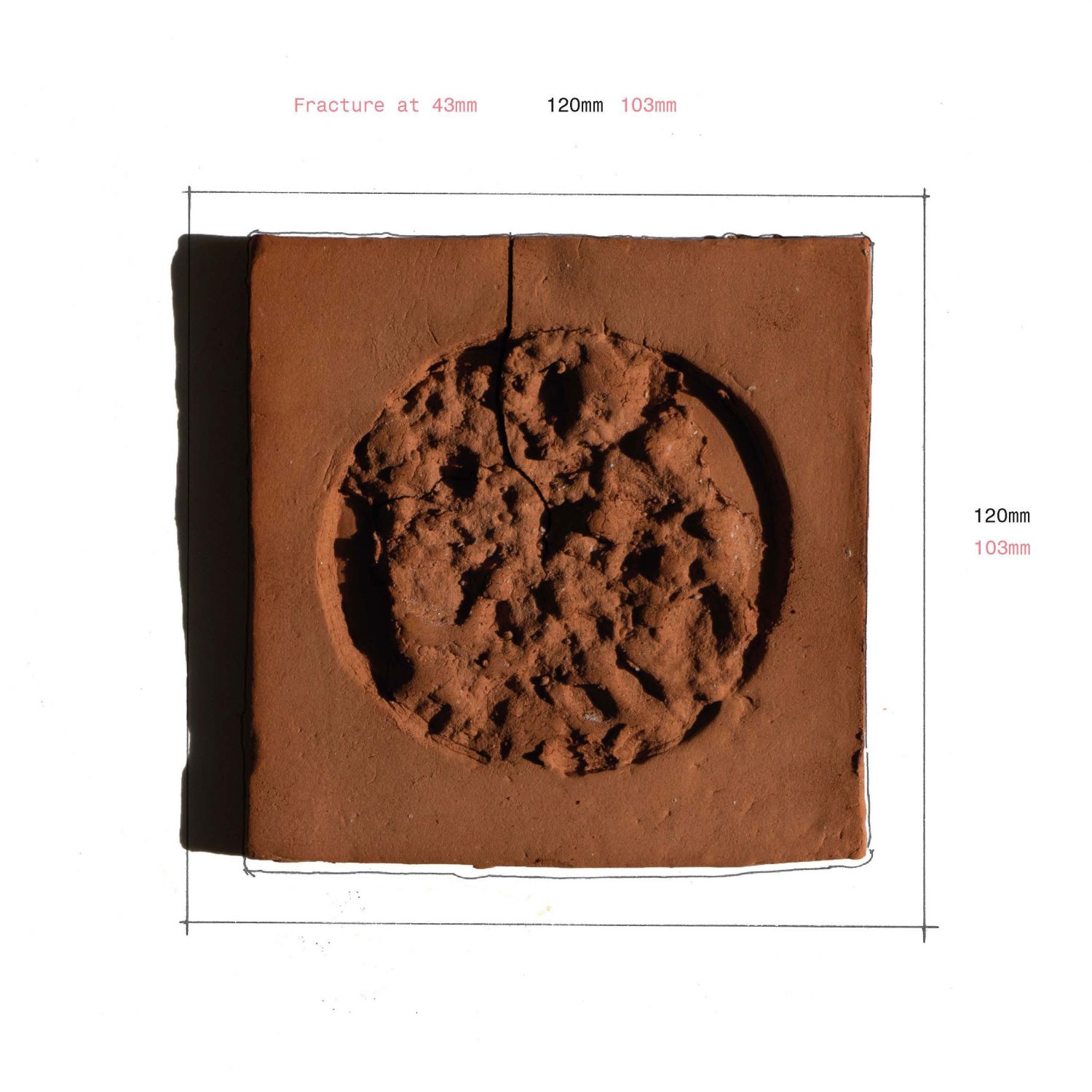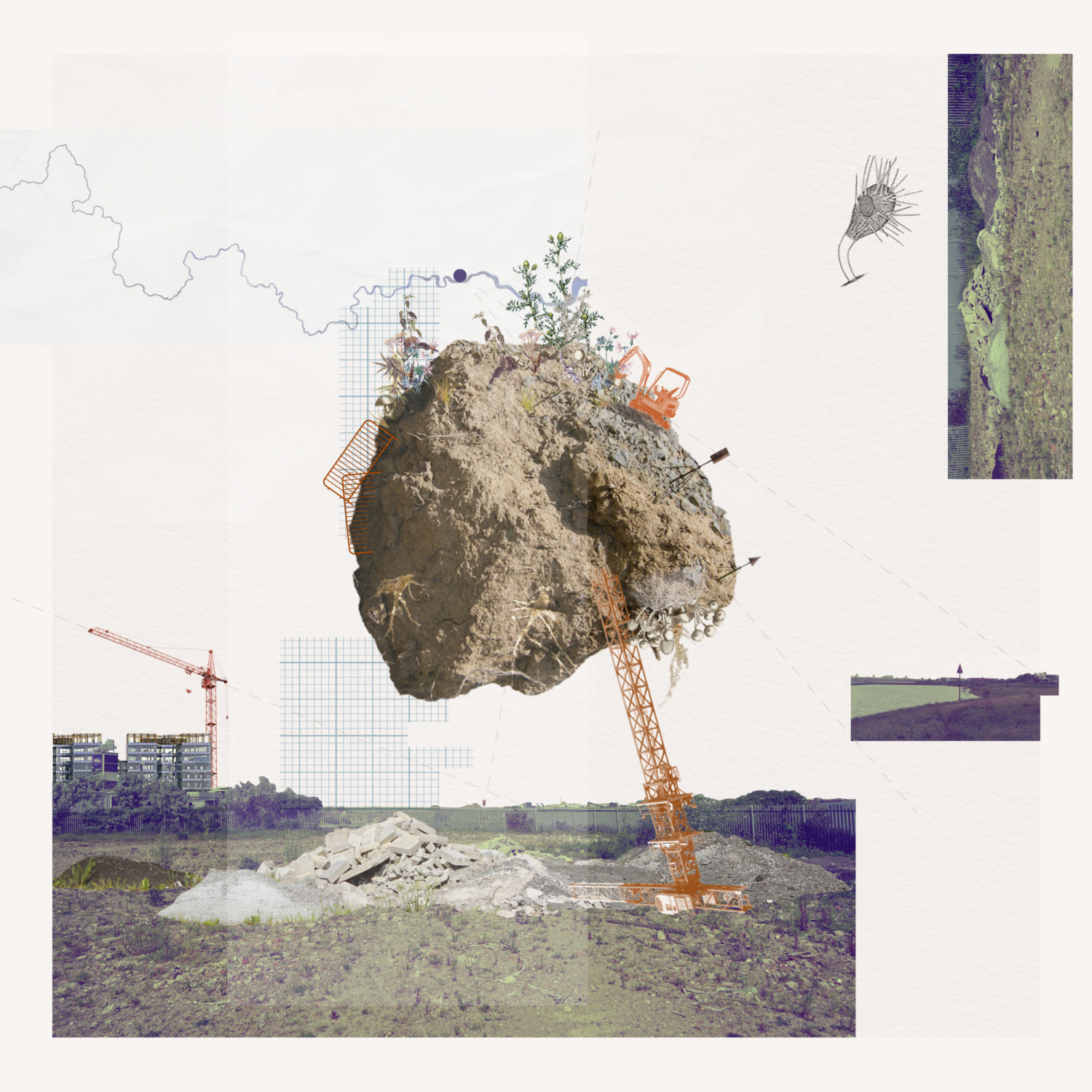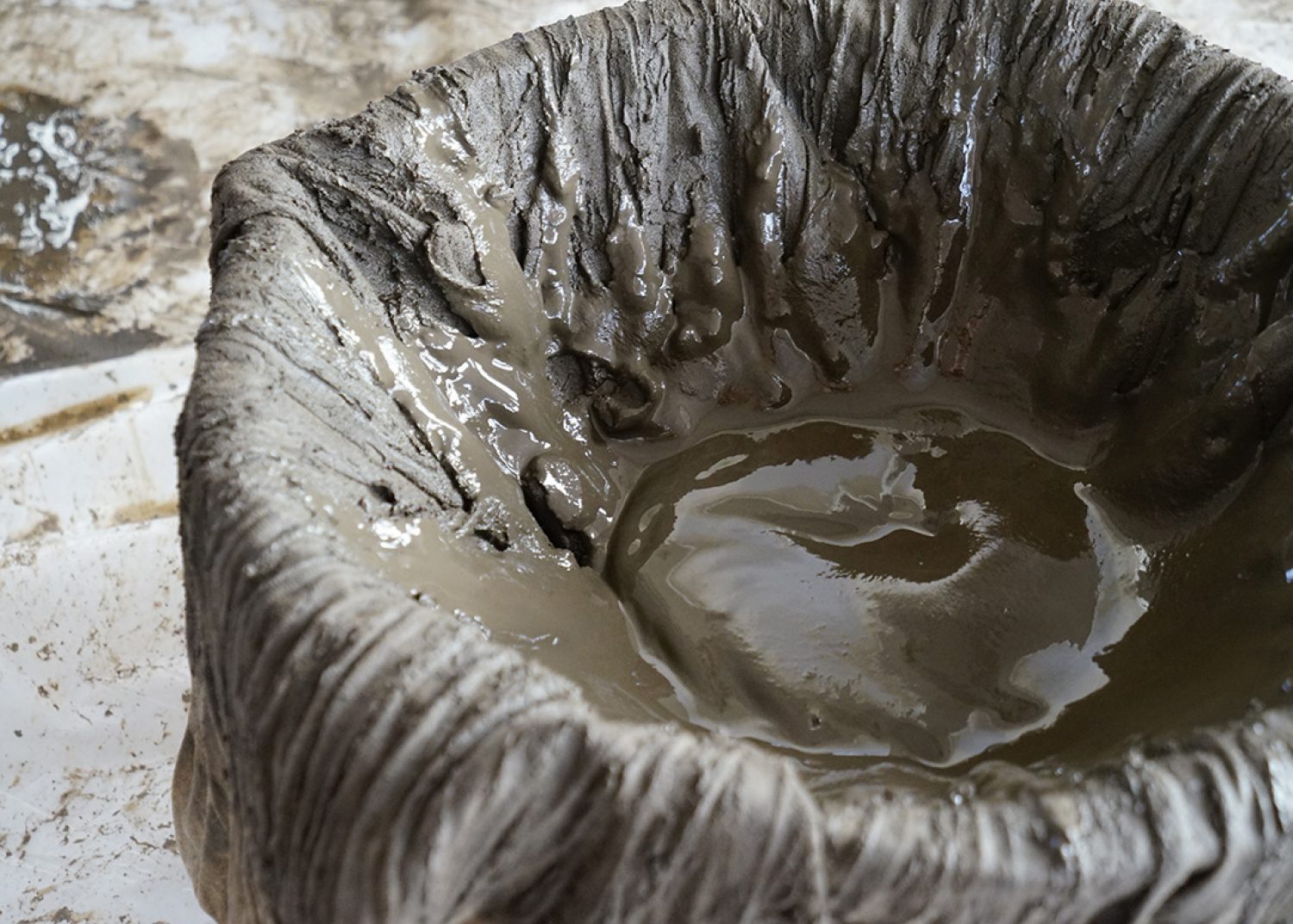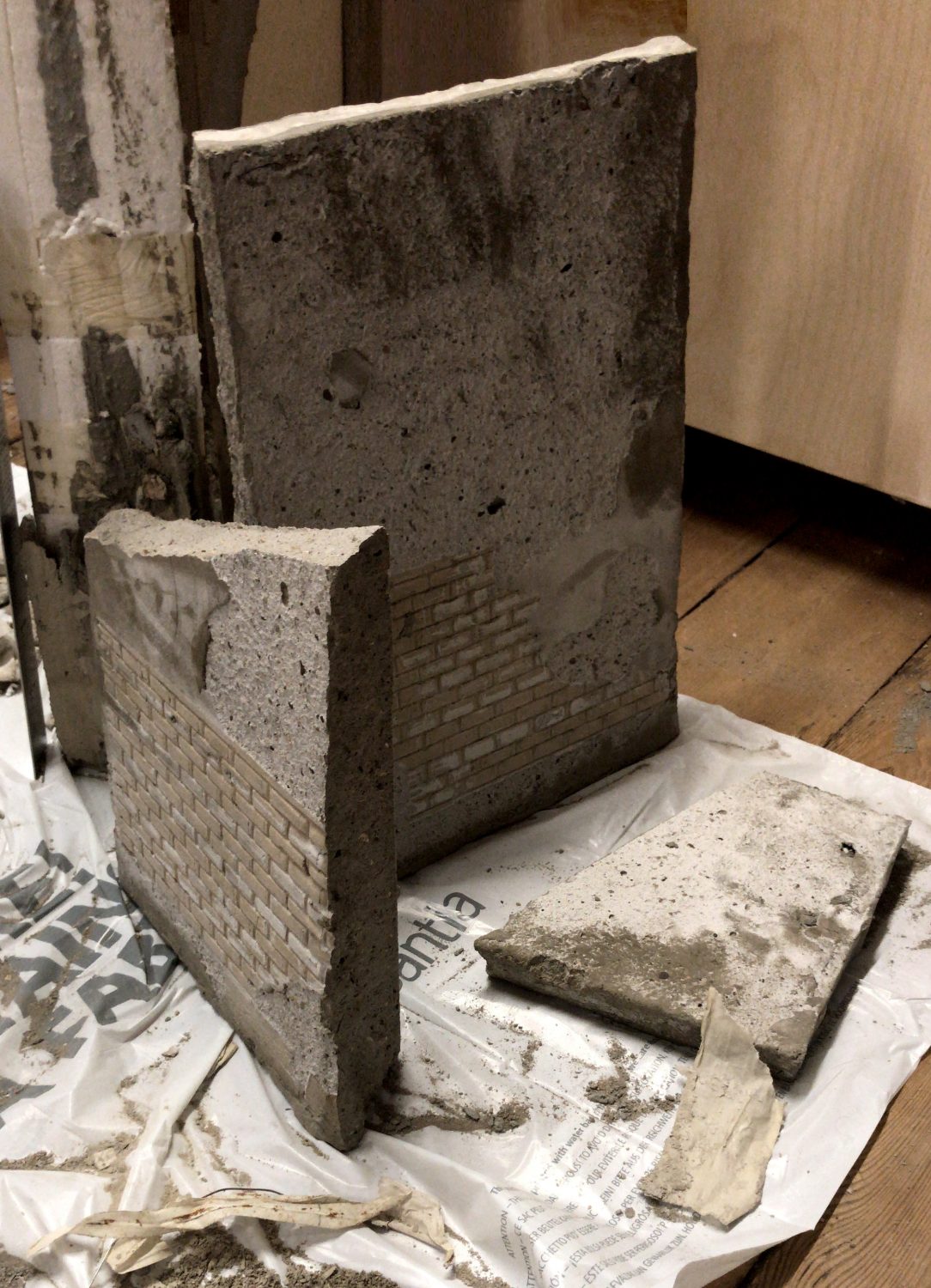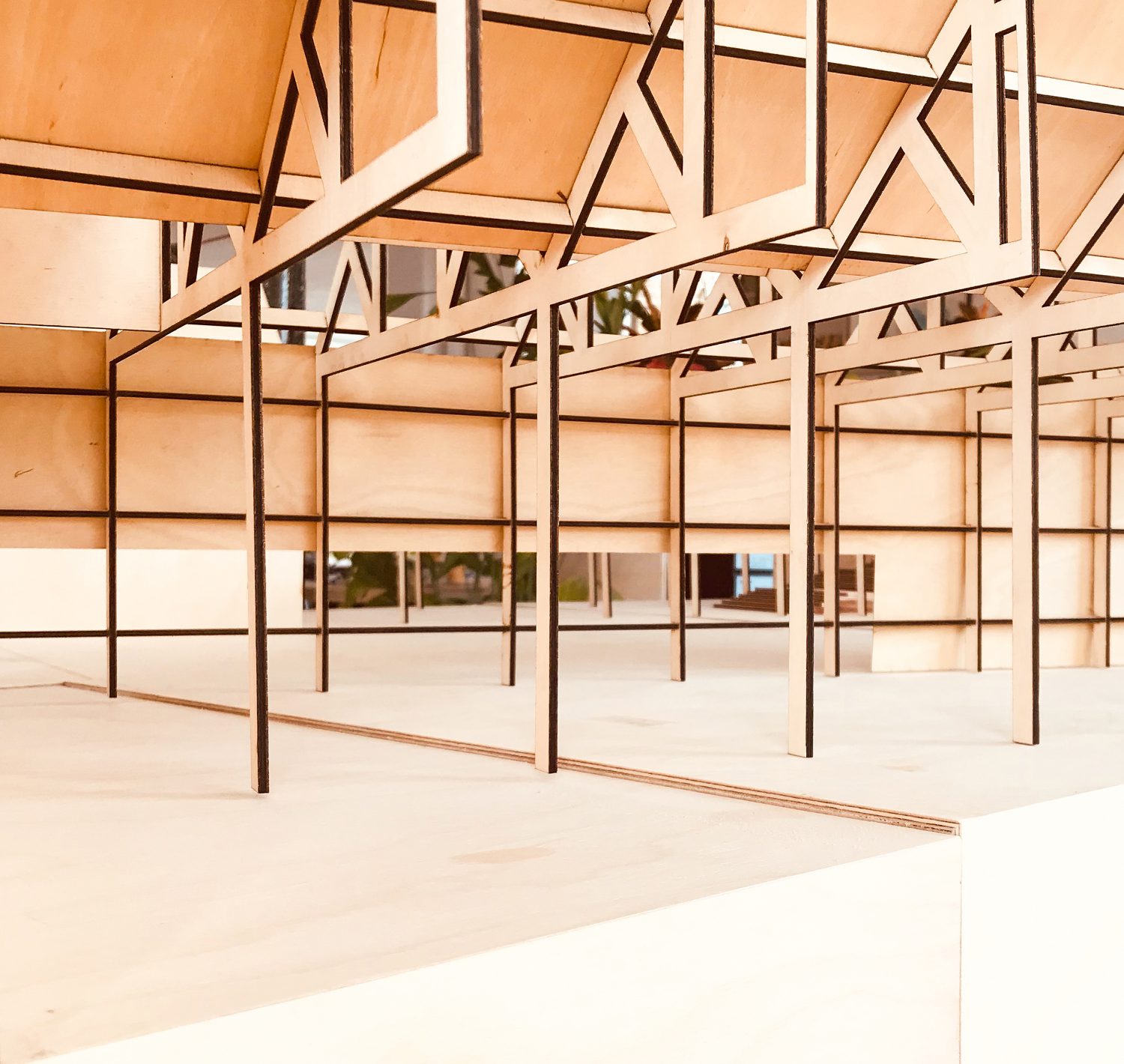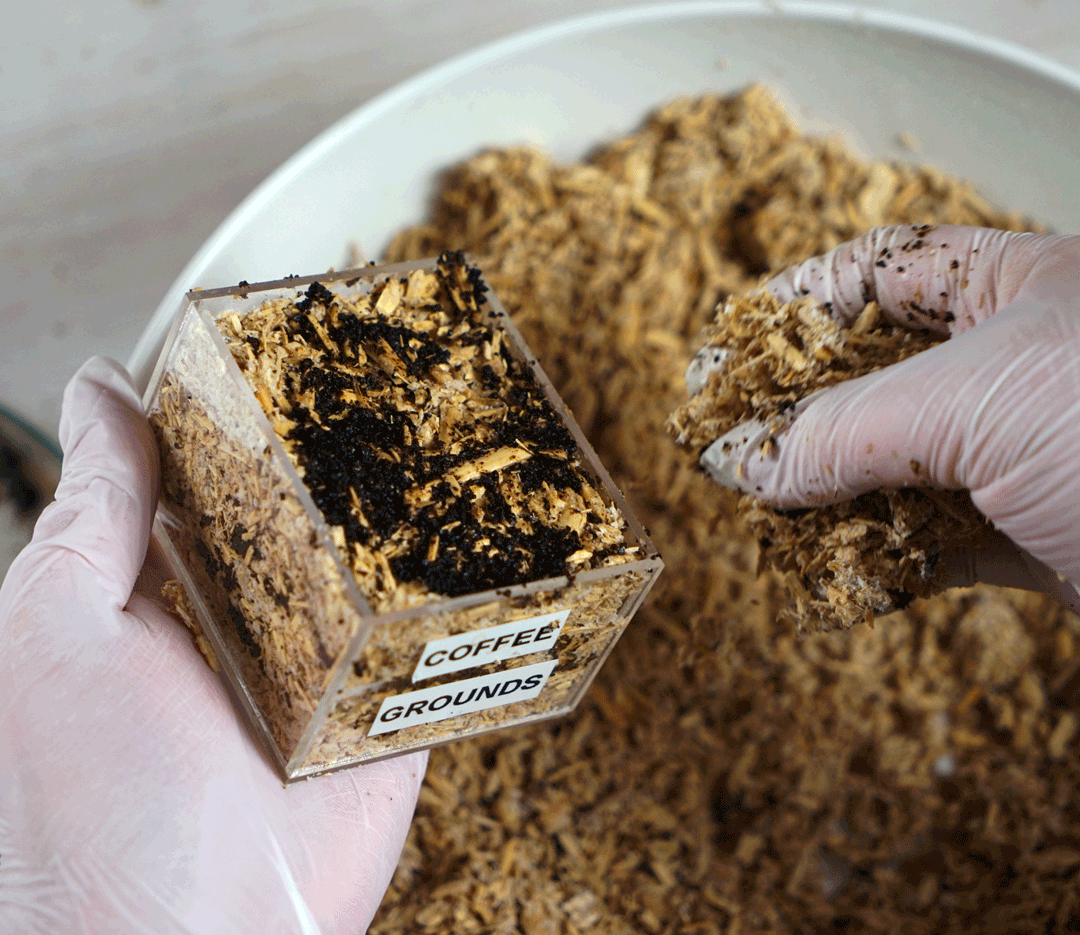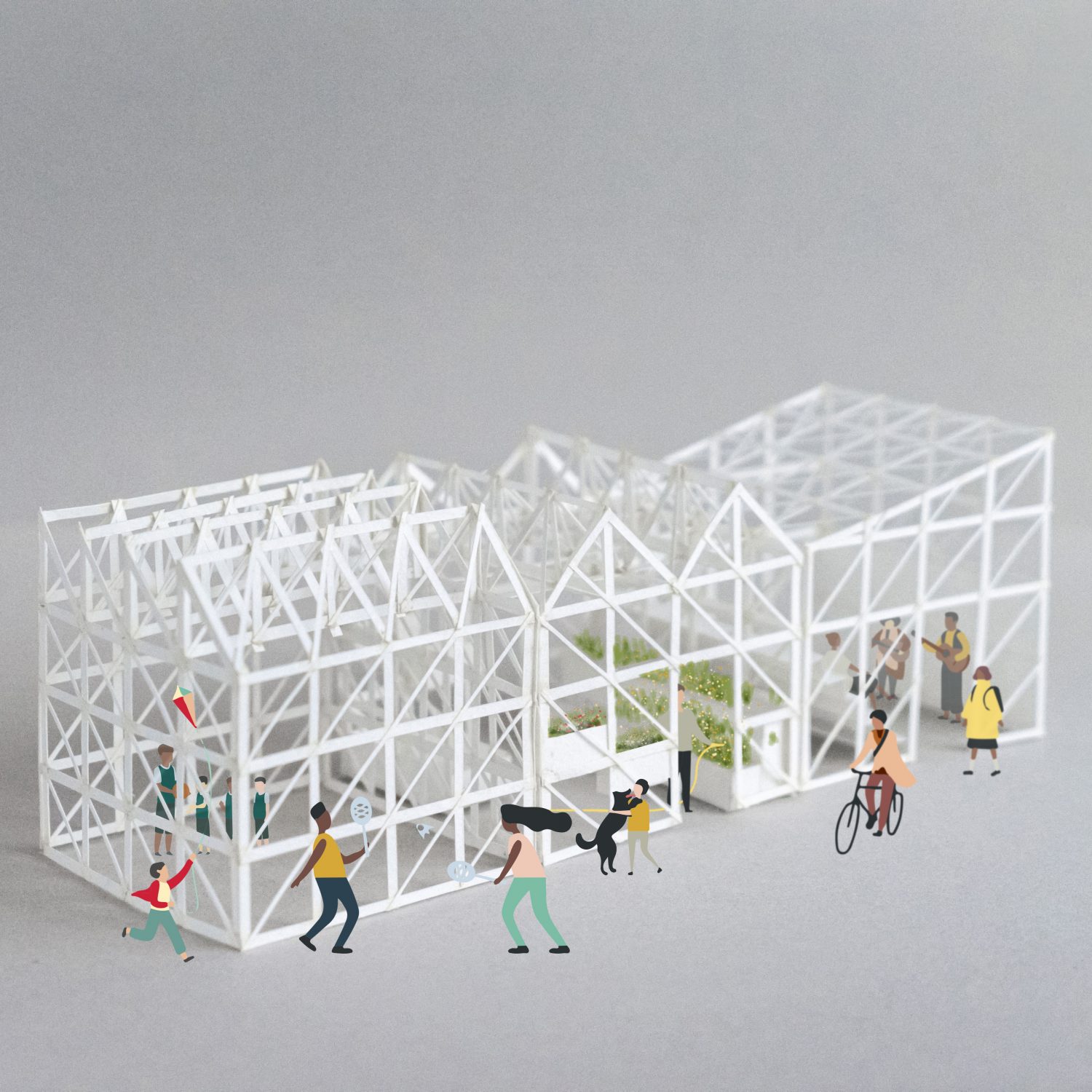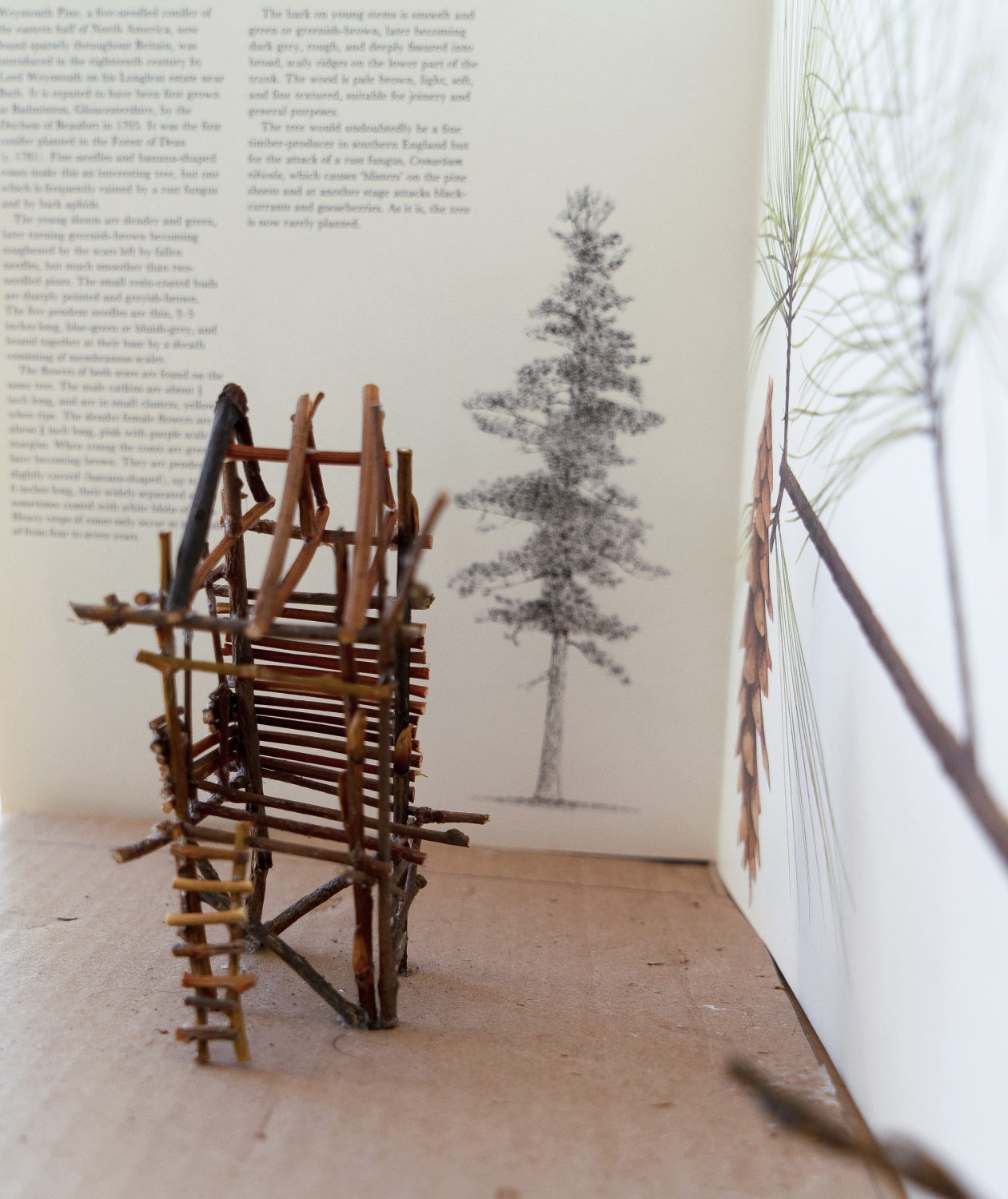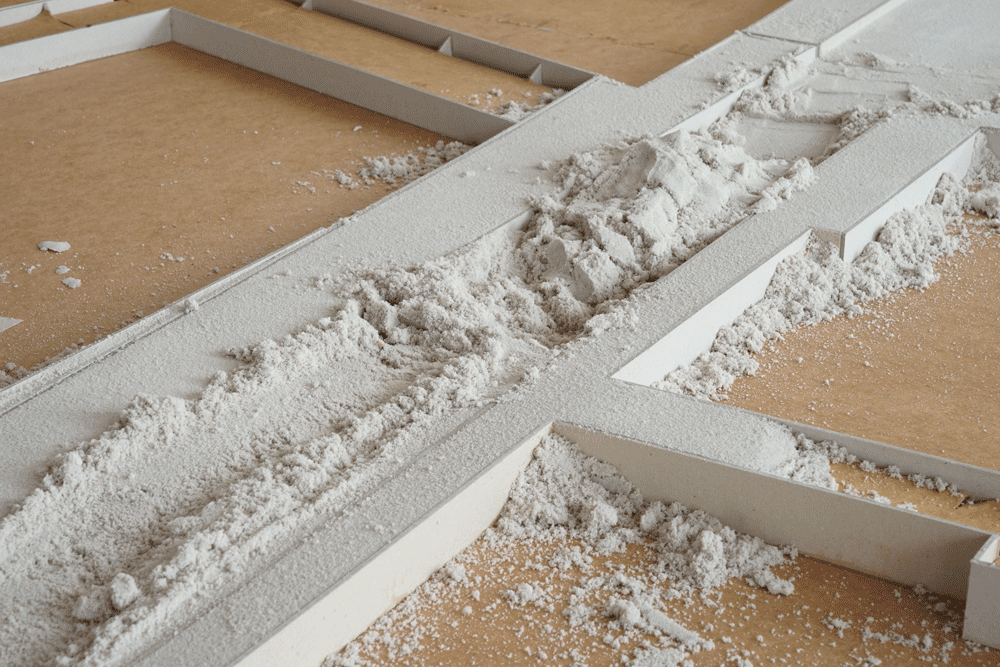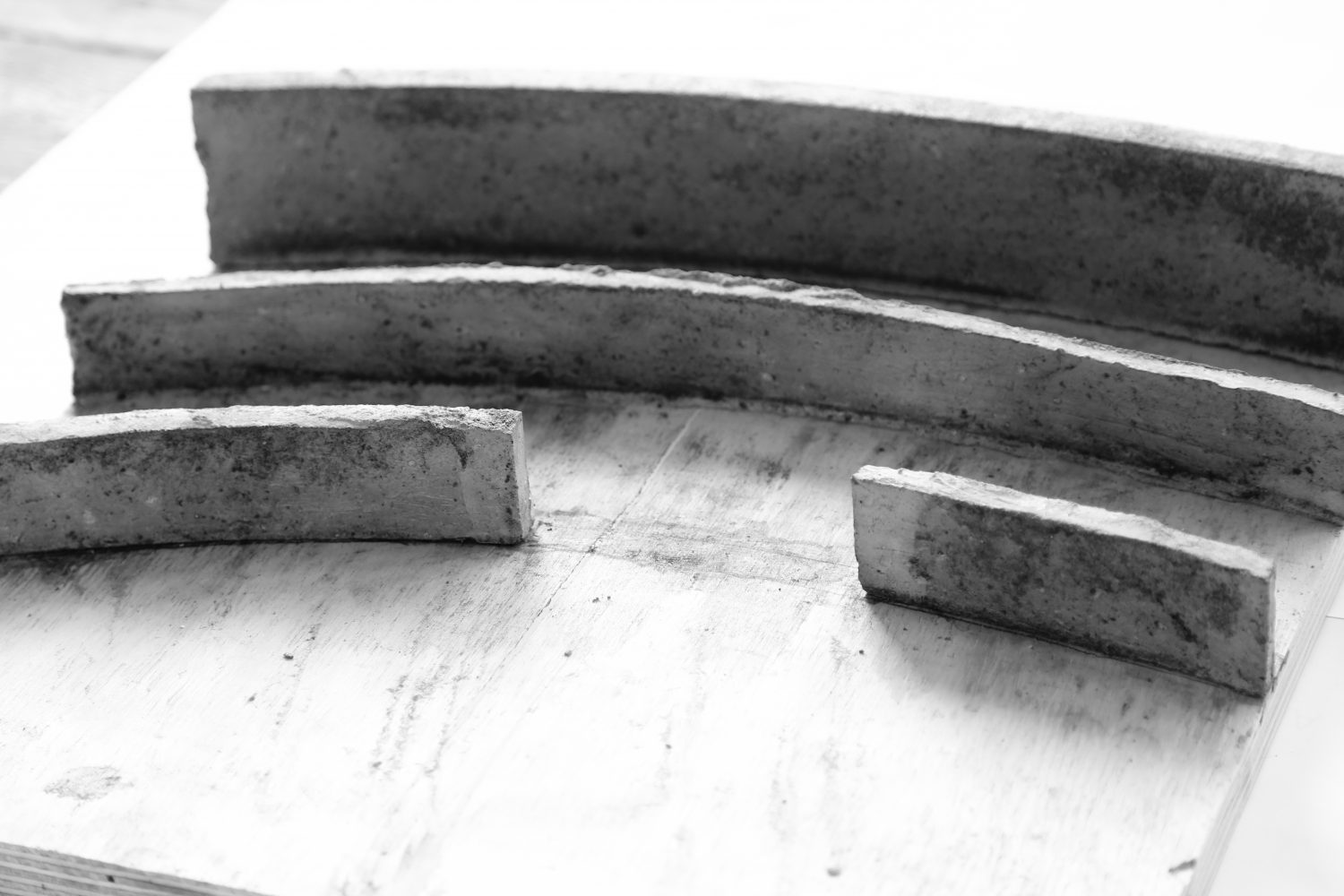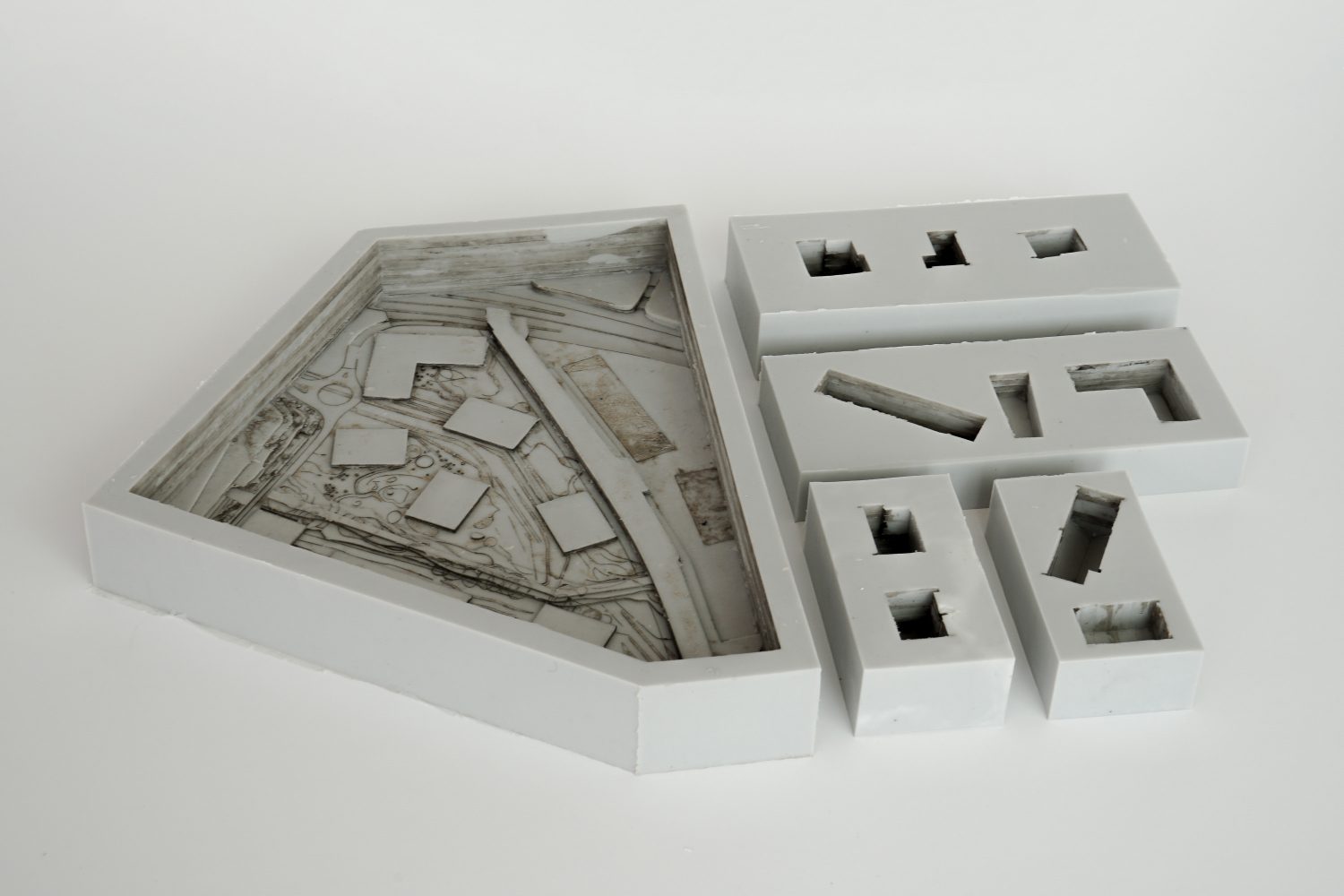Fire and Earth
The relationship between fire and the built environment predate Gottfried Semper's concept of the hearth as one of the four key elements of architecture and Vitruvius’ polemic of fire as the catalyst of social assembly. Fire transforms both space and material.
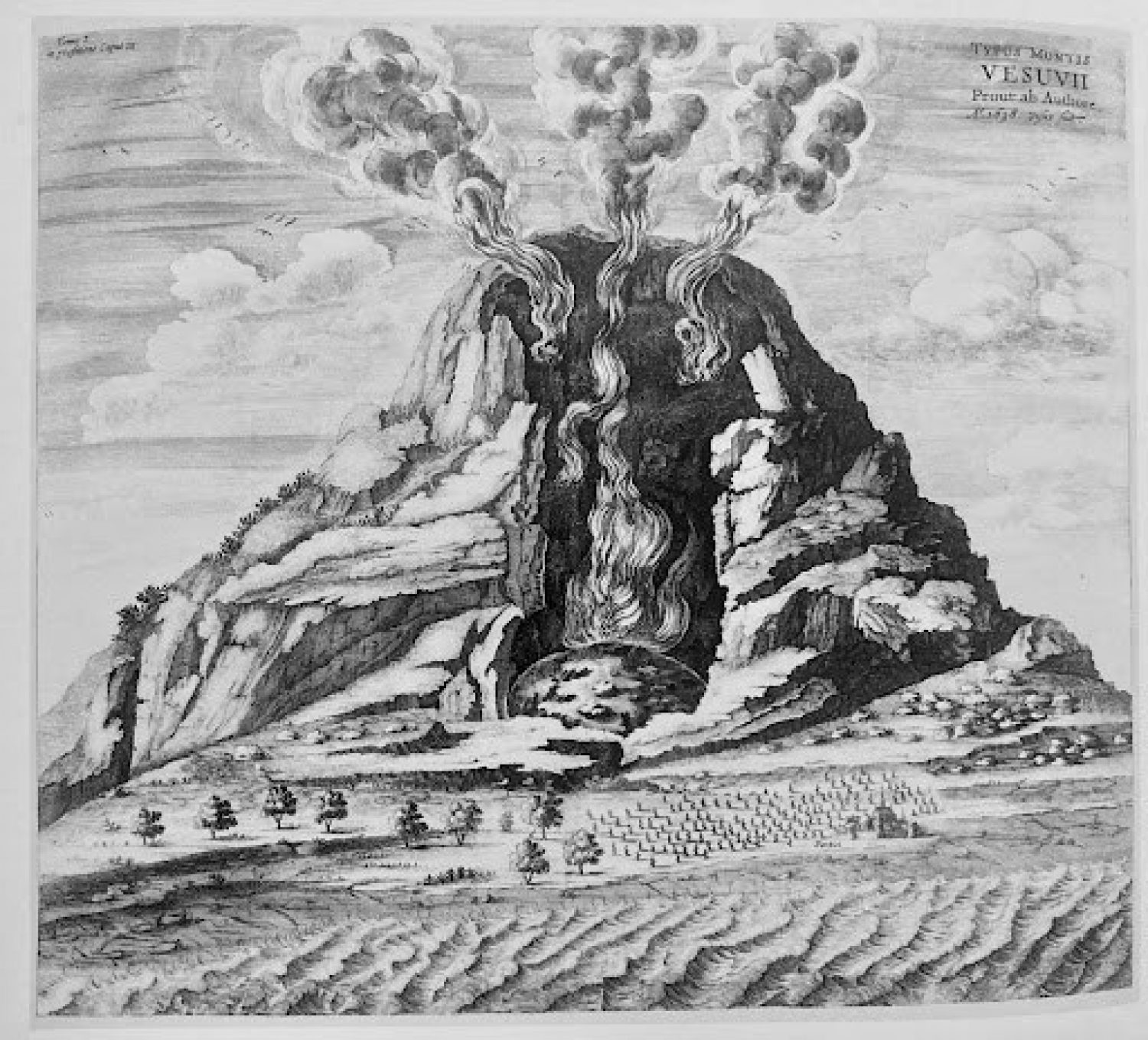
Athanasius Kircher's drawing of the interior of Mount Vesuvius, Mundus Subterraneus Volume 1, 1665
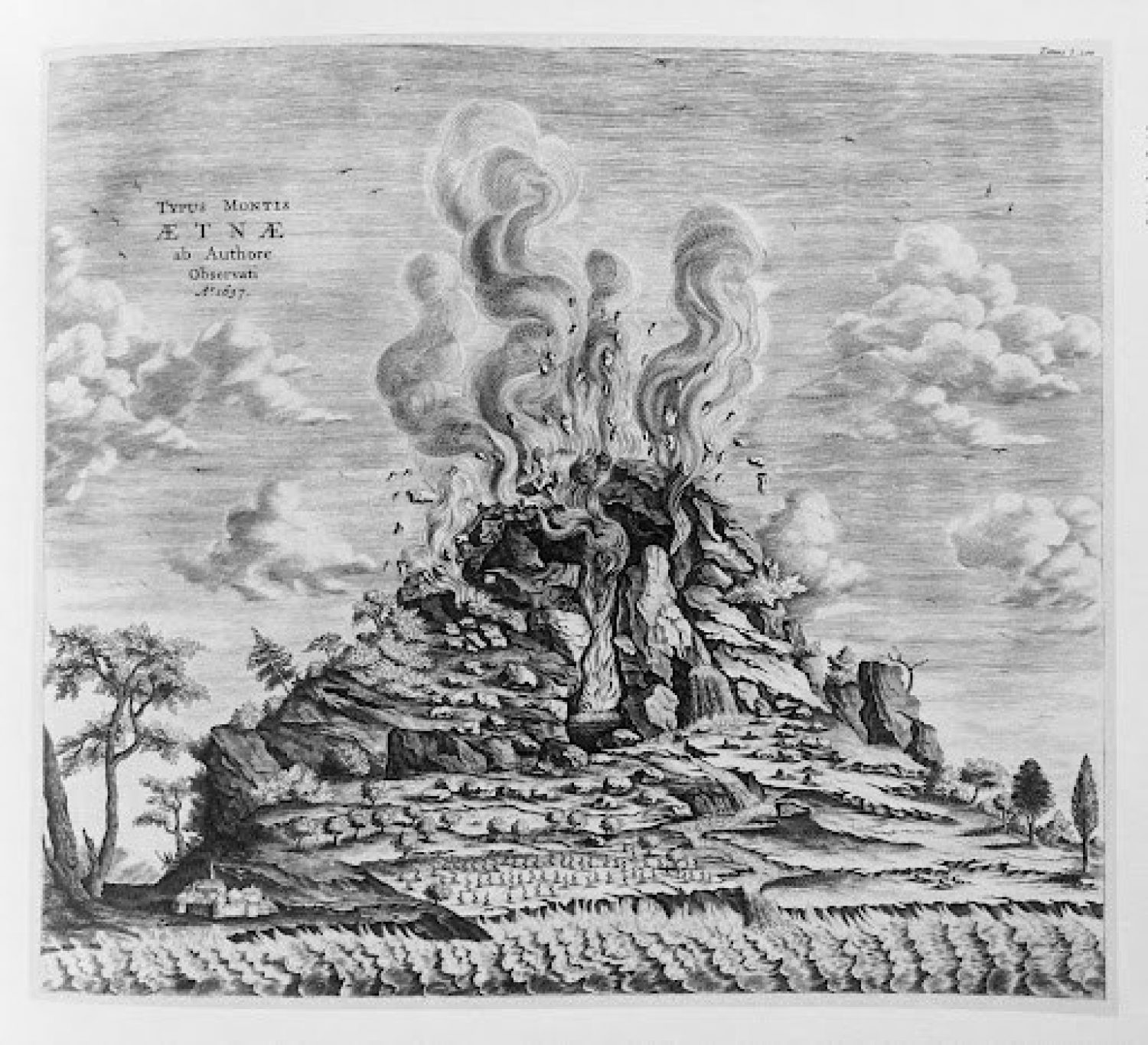
Athanasius Kircher's illustration of Mount Etna
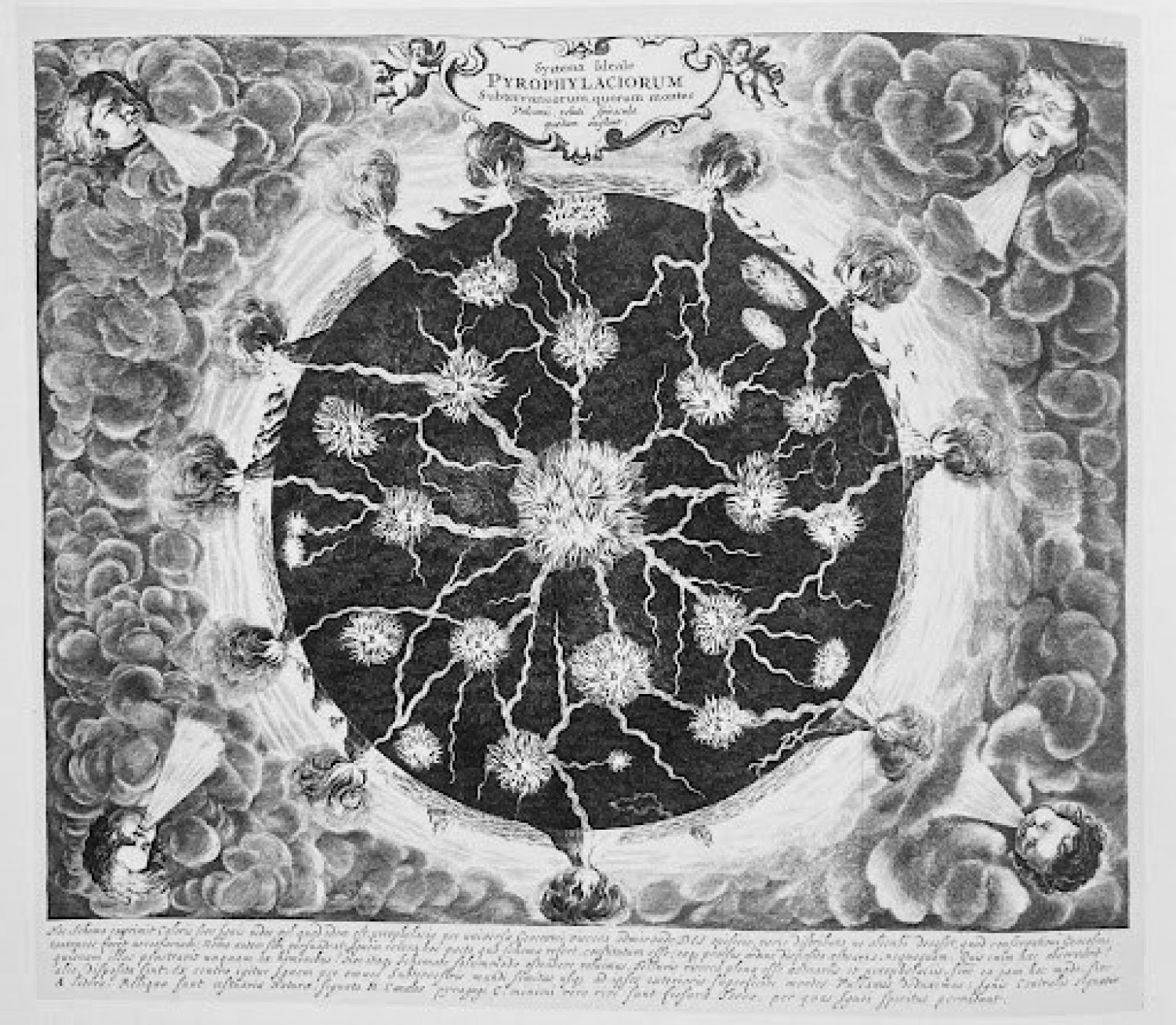
Athanasius Kircher's theory of subterranean rivers of fire connecting volcanoes from 'Mundus Subterraneus Volume 1' a book detailing his theories of life under the surface.
Within earthworks, clay will shrink several times as it becomes a ceramic. Initially, the still-wet clay shrinks as its absorbed water evaporates off, bringing the clay particles closer together. A great deal of stress is created in the clay body as it goes through this drying phase, coming from uneven density in the clay particles. A second shrinkage happens from the partial glassification of clay particles during the vitrification stage. This shrinkage comes from the diminishing size of clay particles as their molecular arrangement changes. Clay shrinkage is unpredictable and requires sacrificial tests to evaluate the impact of fire on distinct bodies of earth. Our reclaimed clay body underwent an overall shrinkage of about 20%.
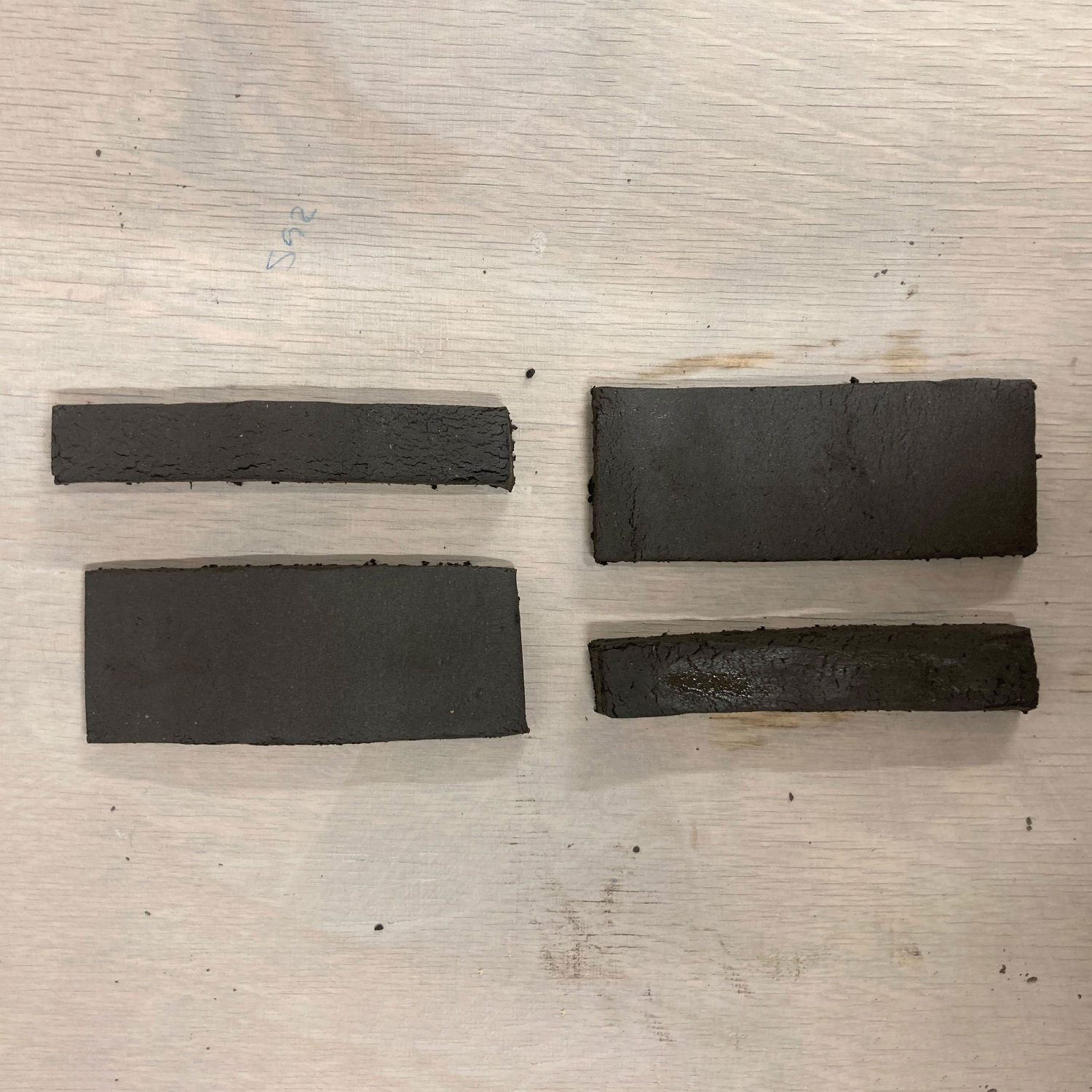
Sacrificial clay test bars to investigate shrinkage and behavior during firing
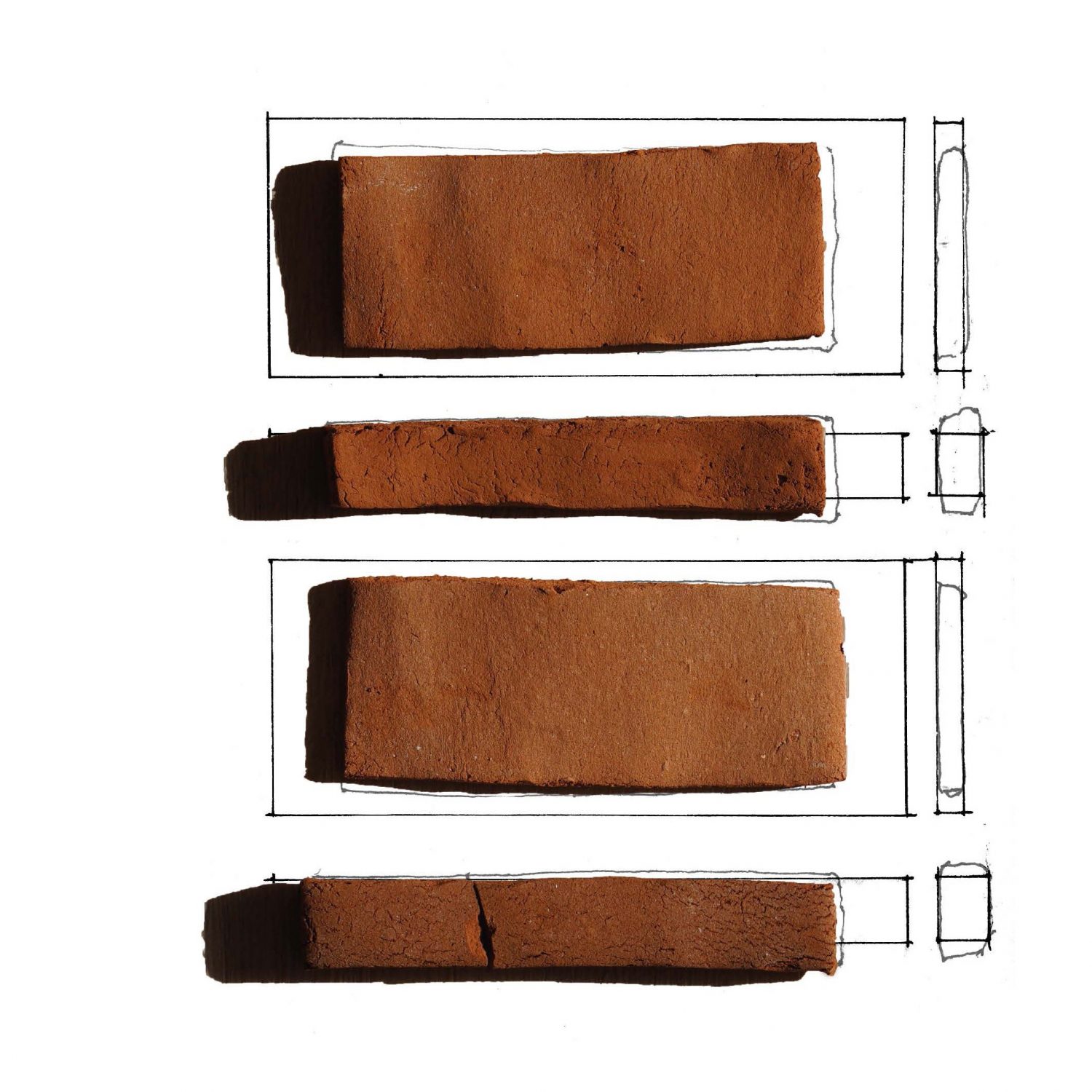
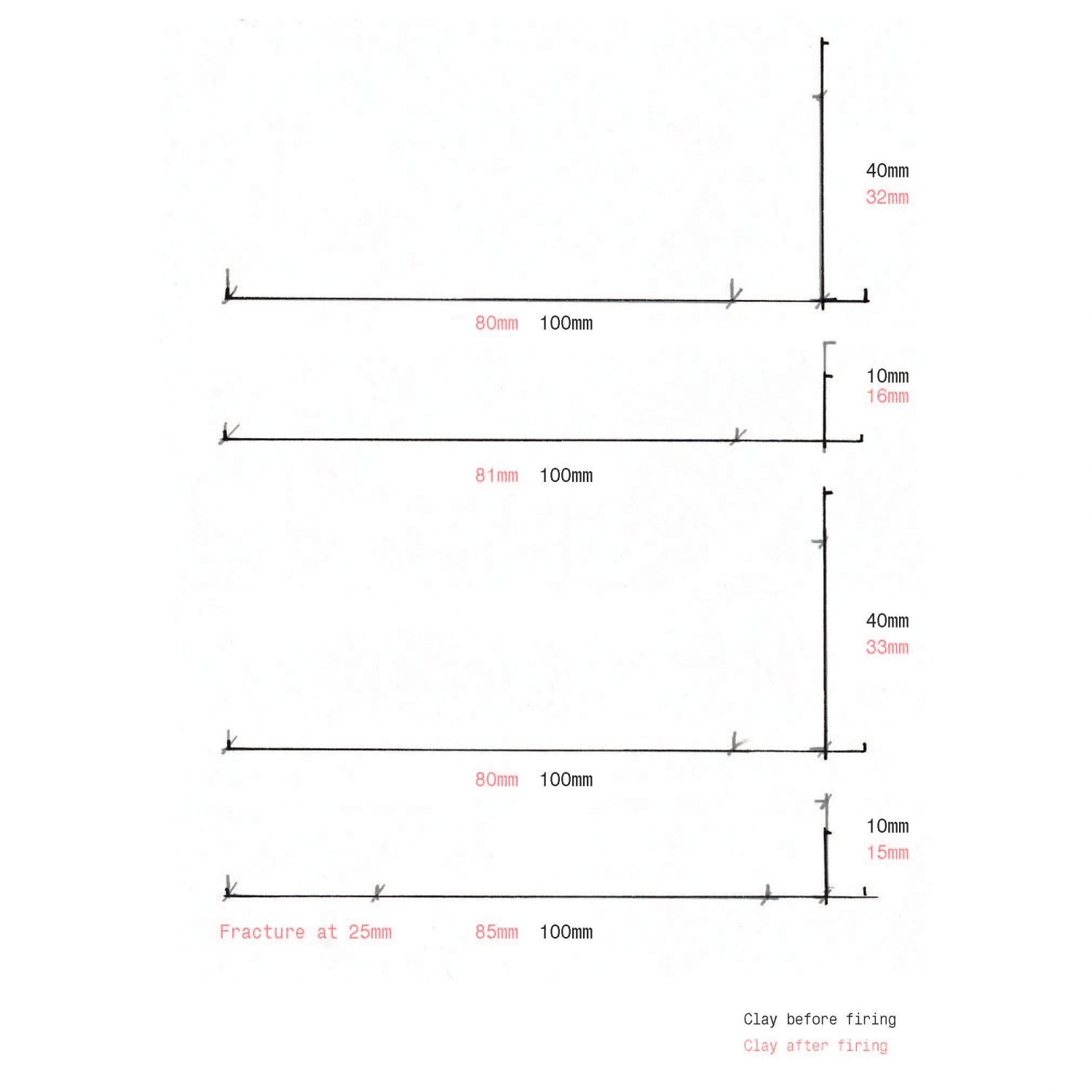
Measuring the total clay shrinkage during bisque firing
